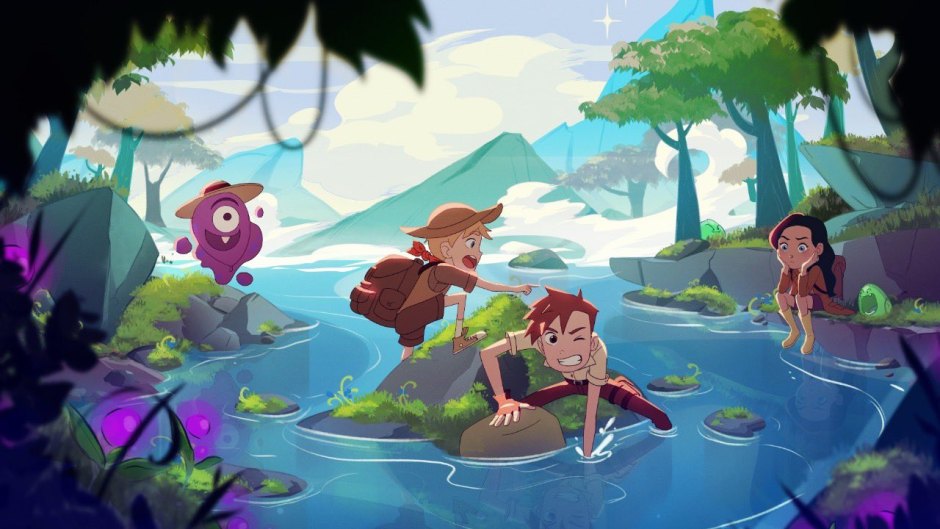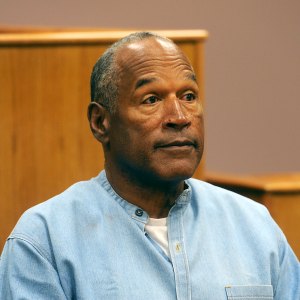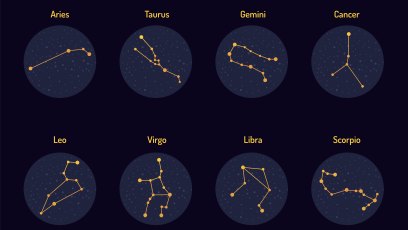
NFF
How Non-Fungible Films Is Disrupting the NFT Space
Non-Fungible Films (NFF) is an emerging player in the NFT space, and is poised to be a disruptive force in the media and entertainment space in addition to an entry for mainstream IP and Web3. NFF will become the go-to destination for production studios and content creators that want to interact within this new paradigm.
“I couldn’t be more thrilled to be involved and help Cameron bring his vision to life,” Advisory Board member Brandon Buchanan said. “His stewardship will be instrumental in pushing the cinematic industry into this new terrain.”
Founded by actor, screenwriter and entrepreneur Cameron Moulène, NFF is bringing a new era of consumer ownership and Hollywood engagement, changing the fandom and creator-based communities and their economies. The studio’s primary verticals are the following: NFTs and community, “Play-2-Earn” gaming and “View-2-Earn” streaming.
People tend to confuse the terms “Cryptographic art” and “non-fungible tokens,” according to NFF. For those who know, however, these concepts tell a detailed story of blockchain technology. They additionally paint their own picture of present and future potential activity and utility for those with sharp vision.
Crypto NFT has become a lucrative way for artists to profit from their work and retain more control over sales and distribution.

What Are NFTs?
Non-fungible tokens (NFTs) are uniquely identified and tracked digital assets. They can be anything that exists in the digital space, including MP3s of different major record label artists and more mundane offerings, such as memes. Each digital asset is turned into a token on a crypto blockchain, where it can be bought, sold and traded with the blockchain acting as the ledger for ownership.
How NFTs Started
While the Ethereum blockchain is currently the most popular blockchain for hosting NFTs, the concept of NFTs was initially developed from the bitcoin blockchain architecture. This first conceptualization was labeled “colored coins” and was issued on the bitcoin blockchain from 2012 to 2013.
The first NFT was created, minted and sold by digital artist Kevin McCoy in 2014, and is called “Quantum.” This piece recently sold another time for several million dollars and is up for auction.
The concept continued to evolve from the raw functionality and potentiality that the bitcoin network offered. And in 2015, NFTs were first implemented with the game “Spells of Genesis.” This was the first time that unique digital assets were blockchain-based and used as a reward in a game.
This trend subsequently progressed with the first viral meme-based NFTs hitting the scene in 2016 with Rare Pepes. In early 2017, the Ethereum blockchain began to expand, and Rare Pepe NFTs were then sold and traded there.
CryptoArt was one of the first NFT marketplaces and creators were able to upload their own assets to mint NFTs with relative ease.
Throughout 2017, NFTs gained further traction through the creation of the CryptoPunks collection. This was a generated array of 10,000 various NFTs and is responsible for most of the recognition that NFTs have seen in the past few years. They also opened the door for NFT artists to create entire collections using a different token standard than the conventional Ether token.
Who Can Buy NFTs?
While it might seem that the cost of current NFTs exclude most people, there are NFT creators who create hundreds and thousands with an affordable price for each asset, even to those new to cryptocurrencies. Anyone with a crypto wallet and a few dollars to spend can find NFTs on popular marketplaces, buy them and either hold them on a long-term basis as digital assets or sell and trade them for others.
Why Are NFTs So Important?
NFTs are vital to the digital ecosystem as a way to authenticate assets, but they have a more significant impact on small artists who are trying to find success through their craft. These highly-programmable digital assets provide a way for artists to control the sale and distribution of their creations while also offering long-term benefits beyond a sale.
Artists can hard-code their royalties into each NFT, so that any time an asset is sold, the artist automatically receives their cut of the proceeds. This indicates that each sale can be tracked in the public ledger system, thereby eliminating fraud, while also providing undeniable proof of ownership.
Understanding How NFTs Began Can Help See Where They’re Going
The future has limitless possibilities with the increasingly versatile and imaginative applications of NFTs. The highly programmable and tokenized nature of NFTs can improve collaboration between different NFT assets and individual creators. The NFT ecosystem, therefore, will increase with the refinement of metaverse frameworks that leverage tokens and community-owned and decentralized financial protocols.
Have a tip? Send it to us! Email In Touch at contact@intouchweekly.com.





































